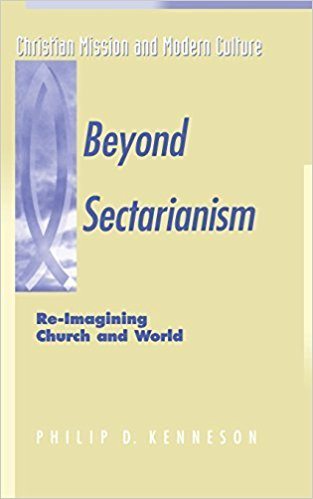
Beyond Sectarianism: Re-Imagining Church & World
The church in our post-Christendom era needs different models for conceptualizing its own identity and its relationship to the rest of society. Philip Kenneson sets forth a model that suggests that the church’s role in contemporary society is to serve as a “contrast-society.” In this model, the church is animated by a different spirit than that which animates “the world.” Moreover, the “contrast-society” model has tremendous missional promise in that its embodied life in the world is its witness to the world.
Kenneson acknowledges that this model is sometimes rejected by both Christians and non-Christians because it appears to be too “sectarian.” He therefore asks, What are we claiming about a particular group when we call it sectarian? He argues that critics who regard a “contrast-society” church as sectarian often operate with untenable understandings of rationality, culture, politics, religion, and critique.
In a concluding chapter, Kenneson offers reflections on how moving “beyond sectarianism” allows us to see afresh some of the missional promise of the church-as-contrast-society model.
Philip D. Kenneson is Assistant Professor of Theology and Philosophy at Milligan College and author of Selling Out the Church: The Dangers of Church Marketing.

